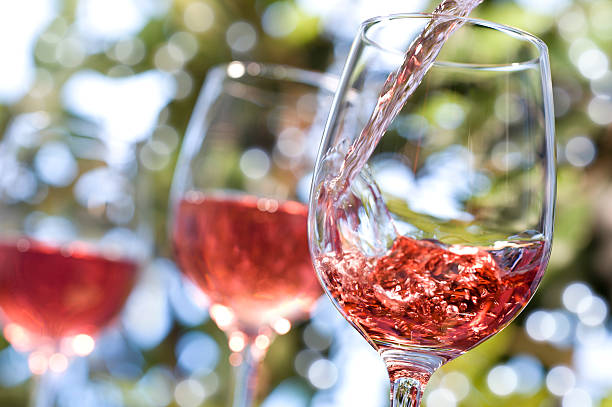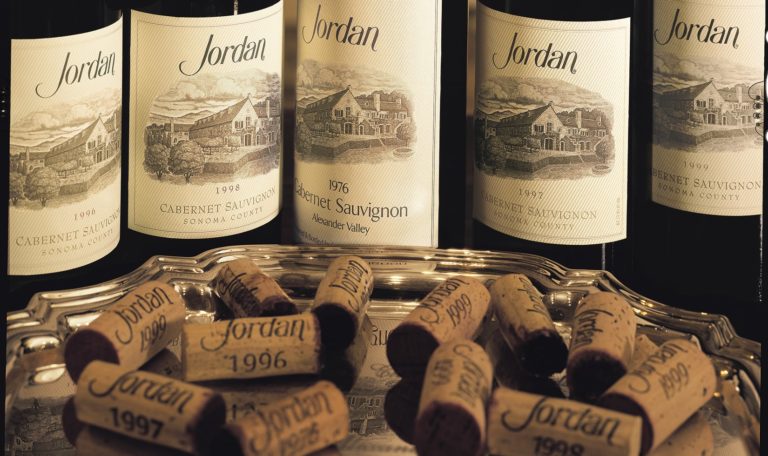It's safe to say that the Australian red wine industry was built on the iconic Oz Shiraz. In recent years, though, international preferences haven't been as strong for Syrah as they are for Cabernet Sauvignon.
The international passion for Cabernet Sauvignon (Cab Sauv) has not been lost on the winemakers of the land down under, affectionately known as "Oz."
Some independent-minded winemakers ignore market demands and continue to make the wines they like, while dismissing critics who say the practice is self-centered wine making, and a refusal to get out of the way of progress. With the exception of Pinot Noir and a handful of local favorites like Sangiovese and Tempranillo, Cabernet Sauvignon is king in most areas.
In the late 1980s, if you were seduced by the Aussie charm of Paul Hogan introducing Americans to Crocodile Dundee, you likely added a few Aussie phrases like "No worries, mate" and "Put a shrimp on the barbie," to your growing pop vocabulary.
The catch phrases were trending then, urging Americans to get their head around the sheer size and scope of the island continent.
If you were one of those people, or you didn't get the memo, here are a few general facts. Australia is about the size of continental United States, excluding Alaska and Hawaii. In all that real estate, there are only six states: Western Australia (the largest), Tasmania (the smallest), Queensland, Victoria, New South Wales and South Australia; plus the Northern Territory and the Australian Capitol Territory. Formed in 1915 from parts of New South Wales, the ACT is the seat of the Australian federal government and is similar to Washington D.C.
About Cabernet Sauvignon
It would be easy to think of Cabernet Sauvignon as just another red wine, except for the need to explain the wine's amazing popularity.
One historic possibility, requiring a reach back to the 18th century, says that Cab Sauv used to be known as Petite Vidure and that Carmenere, another obscure Bordeaux variety, was once known as Grande Vidure, and that somewhere in all that ancestry, was the birth of Cabernet Sauvignon.
The less romantic and more clinical reality is that modern DNA reveals the parents of Cab Sauv to be Sauvignon Blanc and Cabernet Franc. And that makes sense. One sip of a Cab Sauv reveals a little of the herbal/grassiness of Sauv Blanc and a touch of raspberry, blackcurrant and minerality found in Cab Franc.
Blackcurrant is the one descriptor associated with Cab Sauv, more than anything else. Problem is that Americans know the smell and taste of blackberry more than blackcurrant. Other classic Cabernet notes include cedar, pencil shavings, black cherry, mint and eucalyptus, a characteristic found in Aussie Cab Sauv, especially from the Barossa Valley.
Cab Sauv in Oz
Cabernet Sauvignon, as well as most of the other four grapes that are part of the Bordeaux blend, is grown in all of the states and the ACT, but not the tropical Northern Territory, where it's too hot for anything but salt water crocodiles.
The most important regions for Cab Sauv are Margaret River and Great Southern in Western Australia; Coonawarra, Barossa Valley, Padthaway and Clare Valley in South Australia and Hunter Valley and Mudgee in New South Wales.
Margaret River is a cool climate region, bordering on three oceans, in Western Australia. The thing about WA is it's a long way from anywhere, with the nearest big city being Adelaide, in South Australia. Between those two places, there's very little, except desert and big red kangaroos.
 |
Margaret River Cab Sauv has delicate fruit, good acidity and a pleasant earthiness, but not herbal. Notable Cab Sauvs include Leeuwin Estate, Mosswood, Evans & Tate, Cullen Wines.
Coonawarra, arguably, produces Australia's best Cabernet Sauvignon. The wines are concentrated, emphasizing dark fruits like blackberry, with the occasional black plum. The wines show ripe tannins, nicely integrated acidity and a long complex finish. Coonawarra Cab Sauv is the whole package.
Top Coonawarra cabs include those from Penley Estate, Wynn's John Riddoch, Katnook Estate, Mildara.
Barossa Valley may be Australia's best known wine region, justifiably famous for its Shiraz/Syrah. Although less known, Barossa Cab Sauv is no less as good. The wines are known for their concentration, balance and deep fruit flavors.
Barossa Cab Sauvs to consider: Penfolds, Rockford, Yalumba, Peter Lehmann, Wolf Blass, St. Hallett.
South Australia also boasts concentrated, fruit-forward Clare Valley Cab Sauvs and the more dense Padthaway Cab Sauvs, known for their fine tannins and good structure.
Mudgee and Hunter Valley, are among Australia's oldest wine regions, with Mudgee making the best and most distinctive Cab Sauv. The Mudgee wines have a very deep color, firm structure and chocolate and peppermint flavors.
Hunter Valley has a mixed history with Cabernet Sauvignon, coming back in fashion in the early 1960s. Today, "The Hunter" is better known for stylish Shiraz, with Cab Sauv enjoying its own distinction.
Hunter Valley Cab Sauvs: Brokenwood, McGuigan Wines, Rothbury Estate, Mount Pleasant, Rosemount Estate. Mudgee Cab Sauvs include Montrose, Lawson's Hill Estate.
Australia has a wealth of Cabernet Sauvignons, so many in fact, that it's difficult to put your finger on the "best." Each region has its own unique and distinctive character, extracted from a local terroir. Thus, a list of "best" wines would invariably leave out a few unmentioned regions that grow good to excellent Cabernet Sauvignon, such as Northern Victoria, the ACT and Tasmania.
When shopping for wine, pick one Australian Cabernet Sauvignon area, as you might with California, or better yet, taste two or more side-by-side, and enjoy a Cabernet from Down Under.
Note: Last week's posting on French and American oak, drew a spirited reader response. So look for a follow-up, with a few points I missed about the differences between the two and some comments from winemakers.
Next posting: Finger Lakes Wines
Leave a message at boydvino707@gmail.com



